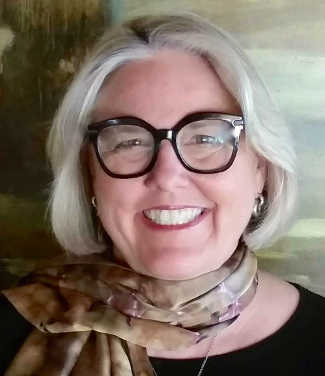- Richard Teagarden and Michael Pasquale
- Posted On
Yuba Community College District’s history of protecting taxpayers
Clearly, our first duty – maintaining the high quality of education received by the over thirteen thousand students who attend classes at one of our six campuses – must never waiver. But we have another important duty as well – to be vigilant in protecting local taxpayers.
We are extraordinarily proud of the diligence and care taken by our fellow trustees in reducing the burden to our taxpayers.
Consider this: Within the last five years, the Yuba Community College District’s Board of Trustees has approved refinancings of voter-approved general obligation bonds resulting in taxpayer savings of over $100 million. These refinancings cut taxpayers’ future school bond property tax payments by 40 percent.
Let’s stop and think about this. Imagine you were able to cut the cost of your own home mortgage or monthly rent by nearly half. For most of us, this would be an incredible financial windfall! Yet this is exactly what the Yuba CCD Board of Trustees achieved without fanfare or publicity.
But their actions were certainly applauded by members of our community who monitor the impact of the district’s financings on taxpayers.
Pat Miller, president of the Sutter County Taxpayers Association, said the refinancing of the district’s bonds was “certainly a big tax savings for property owners in the eight counties of the Yuba College district,” adding that the Taxpayers Association was “extremely pleased” with the refinancing. (Territorial Dispatch, Feb. 21, 2017)
This same commitment to fiscal conservatism is what led the Yuba CCD Board to place Measure C on the March 2020 ballot.
Our local community college campuses are among our most valuable public assets. Measure C will provide the district with a source of low-interest funding to preserve and protect these public institutions for decades to come and allow our local colleges to expand their job training and technical education programs.
Our colleagues on the Yuba CCD Board of Trustees deserve praise and thanks for their commitment to building Yuba CCD into one of the state’s top community colleges while making sure that taxpayers get the best deal possible.
As we enter the next decade, this conservative stewardship will allow Yuba CCD to continue to play a significant role in the overall economic health of our communities and neighborhoods.
Richard Teagarden is president and Michael Pasquale is the trustee representing Area 4 on the Yuba Community College District Board of Trustees. The district serves several Northern California counties, including Lake.








